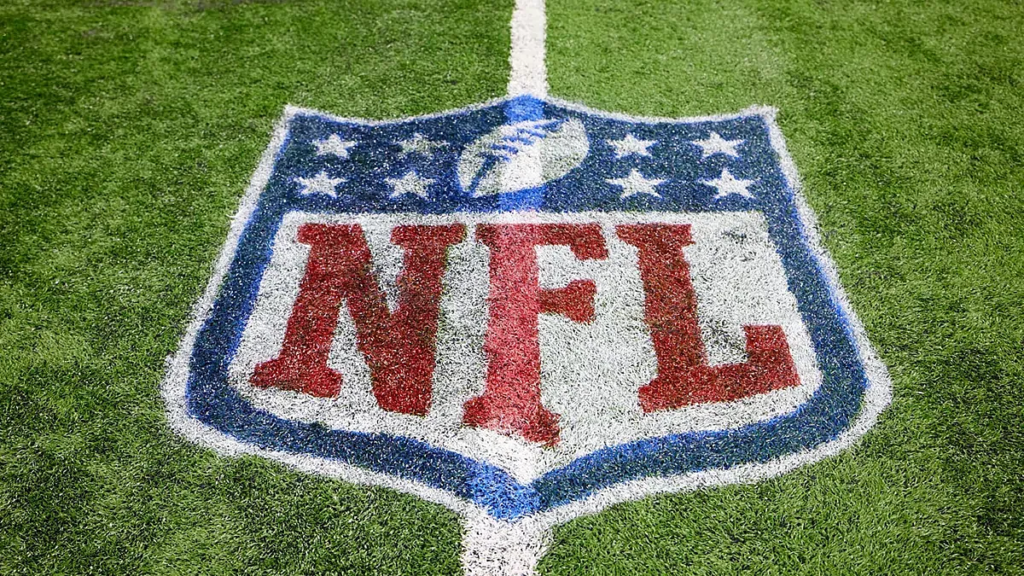The NFL announced on Tuesday that it is actively reviewing the use of artificial turf in its stadiums, responding to growing concerns from players and the union about safety and injury risk.
While the league stopped short of mandating a fullscale ban, the announcement marks a notable pivot in one of the sport’s most persistent debates.
At the fall meeting, league executives emphasized collaboration with clubs, field-surfacing manufacturers, and player representatives, noting the review is “focused on playing surfaces overall.”
Chief administrator of football operations Dawn Aponte said that the league is “tracking not just surface hardness now, but we’re also looking at injury restitution and traction – making progress there in terms of how we’re going to both improve the consistency and the performance of synthetic.”
The message: no immediate blanket prohibition, but increased scrutiny on how turf fields are maintained, updated, and compared to natural grass.
This comes after mounting pressure from the NFL Players Association (NFLPA), which has long argued that synthetic surfaces impose greater wear and tear on players’ bodies.
In a position paper this year, union president JC Tretter wrote: “Our occupation is dangerous enough, and the increased rate of lower extremity injuries linked to the field surface we are forced to play on is unacceptable.
“In short, NFL clubs should proactively change all field surfaces to natural grass,” he added, a call that stops short of immediate rule change but makes clear the direction the players’ side would like to see.
One of the sparks for the conversation: several high-profile injuries on turf fields, including a serious knee injury to Malik Nabers of the New York Giants in Week 4 of the season at MetLife Stadium. That event reignited fan and media scrutiny of artificial surfaces.
Why the issue is gaining traction
Field surface has long been debated in the NFL: artificial turf offers durability, lower maintenance and year-round usability for multi-purpose stadiums; natural grass is widely preferred by players but can be more vulnerable to weather and scheduling issues.
According to the NFLPA, data collected from 2012 to 2018 show higher rates of noncontact lower-extremity injuries on turf compared with natural grass, 28% higher overall, 32% higher for knees, and 69% higher for feet/ankles.
On the flip side, owners and stadium operators point to the versatility of turf fields: they can handle concerts, college games, soccer matches, and other events without the rest or recovery that grass often requires.
Weather-related issues and field management in cold climates also complicate widespread grass adoption.
The league’s statement reflects these competing priorities. While a full ban is not imminent, the message is clear: the NFL is giving turf fields additional scrutiny, and clubs using synthetic surfaces now face greater pressure.
Field managers and team executives will likely need to show upgraded turf systems, improved measurement protocols, and maybe even commit to hybrid or upgraded grass surfaces. At the same time, players and the NFLPA will be watching closely for any meaningful change.
Read the full article here

